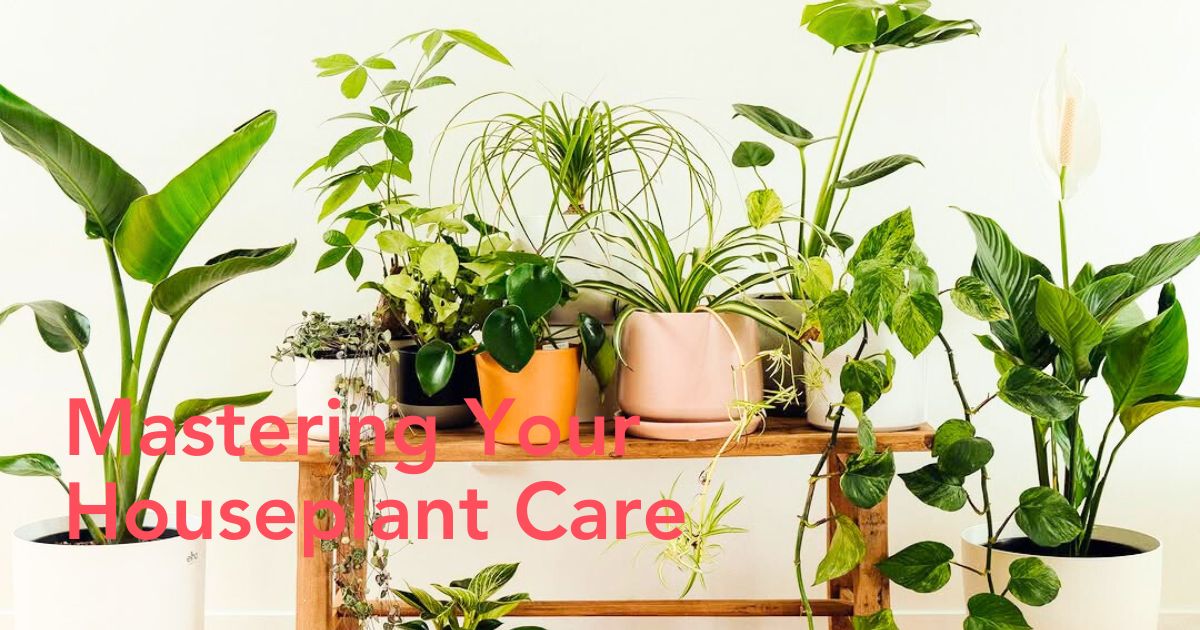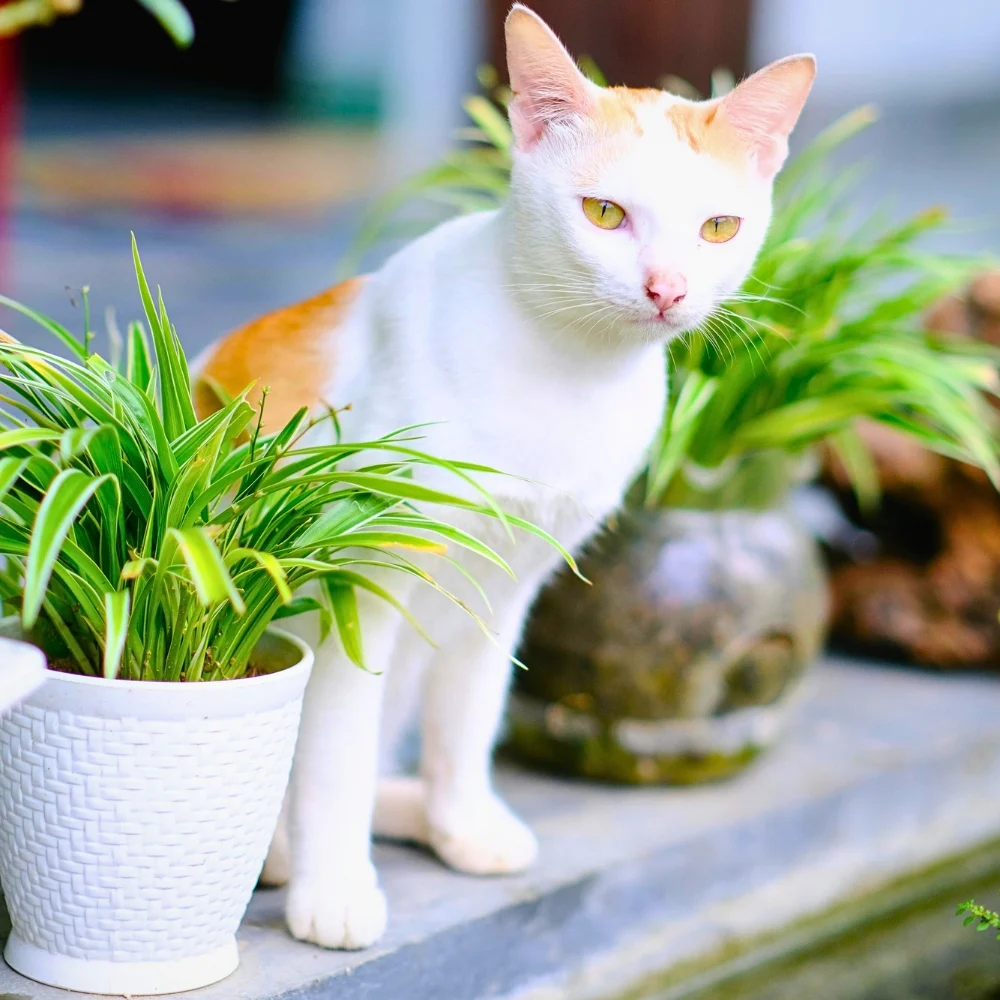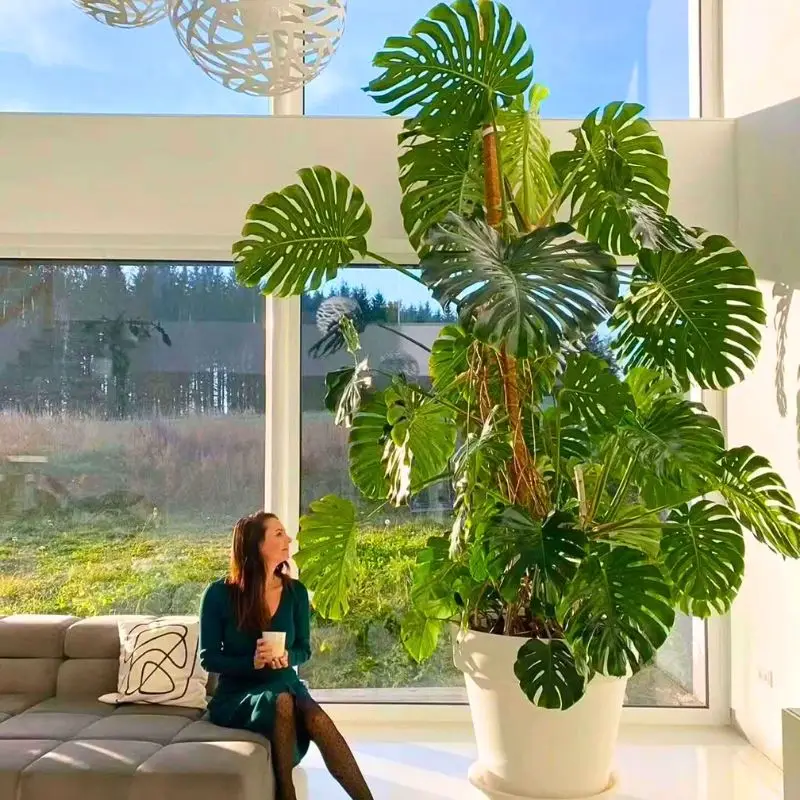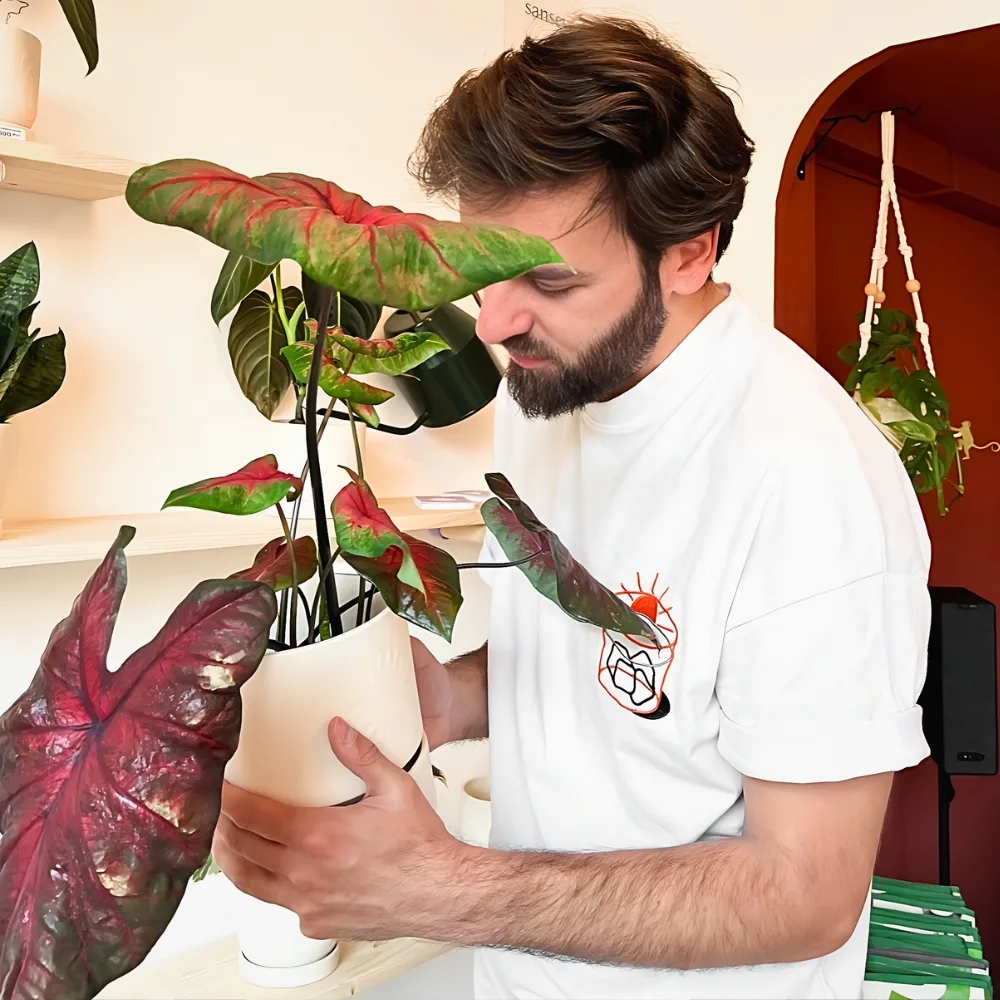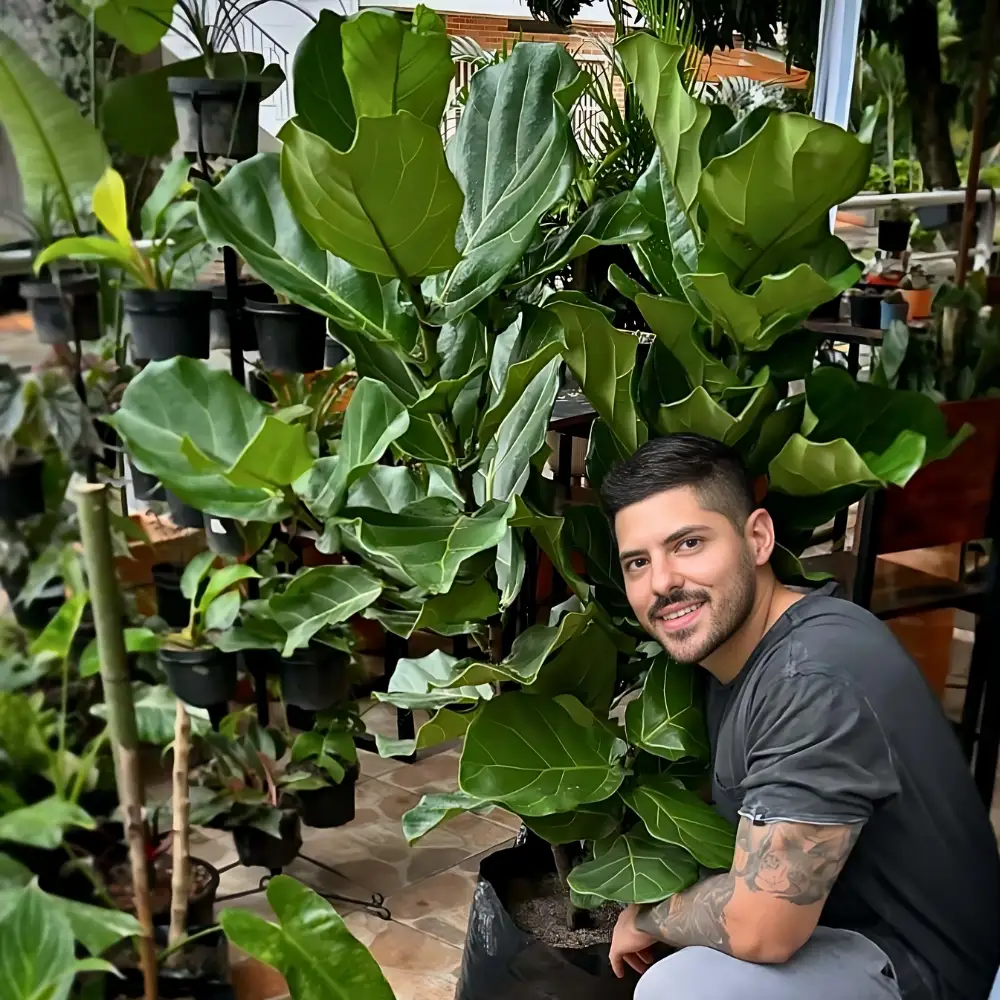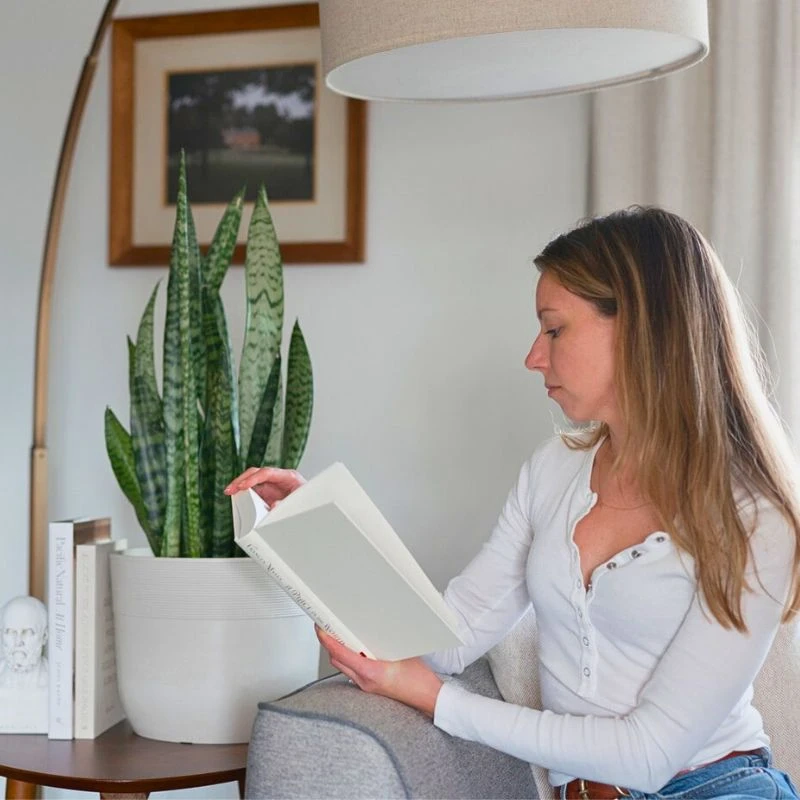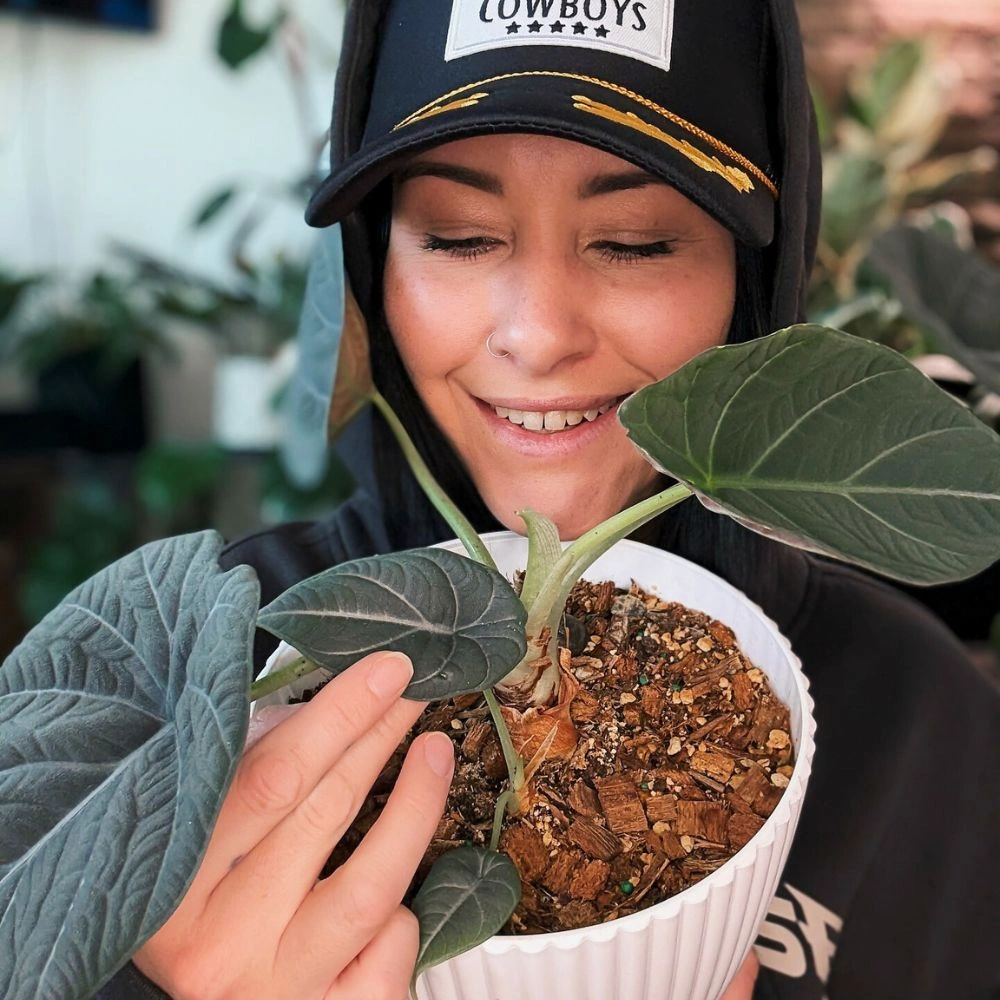While many houseplants are so low-maintenance that even the most inexperienced gardener can keep them alive, proper care makes all plants happier and healthier. A few plant experts shared their favorite ways to care for all kinds of houseplants, from tropical florals and dry-air-loving cacti to pretty succulents and draping vines, to keep your indoor plants thriving—not just surviving.
With these professional tips, you'll learn how to calculate the amount of light your plants receive each day, perfect your watering technique, keep dust and pests at bay, and improve drainage and soil quality. Let's go!
10 Care Tips for Happier and Healthier Houseplants
These are ten tried-and-true methods for simple, effective houseplant care because who doesn't love having green plants all over their indoor spaces? Plants simply make every space feel alive and give them direct life as well.
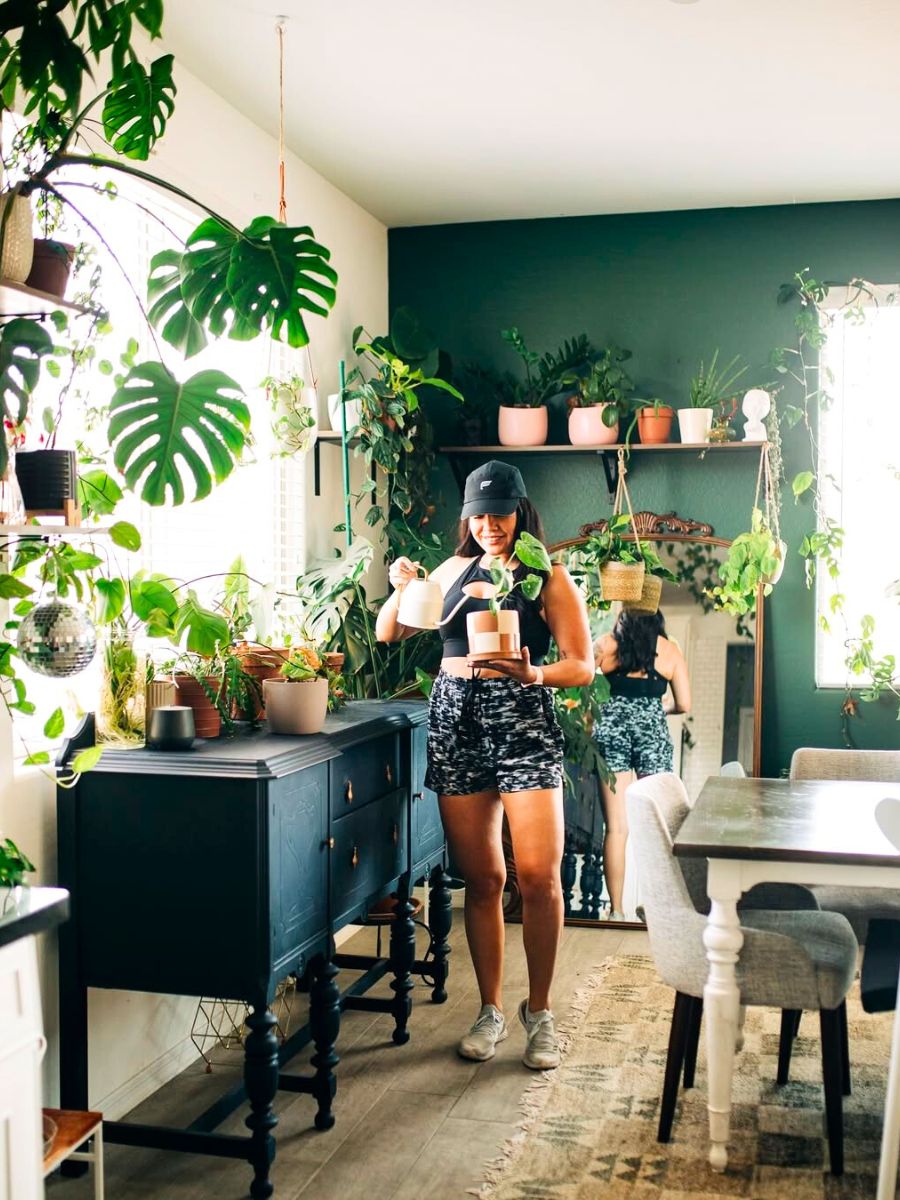
Photo: @yaya_knudsen
1. Clean Your Plants Regularly
You know how you feel after taking a shower? The same can be said for your plants. Wiping down the leaves with a soft, wet cloth—is one of the best things you can do to keep them happy and thriving. When you wipe or spray your plants, you remove any accumulated dust and dislodge any pests that may have taken up residence on the leaves.
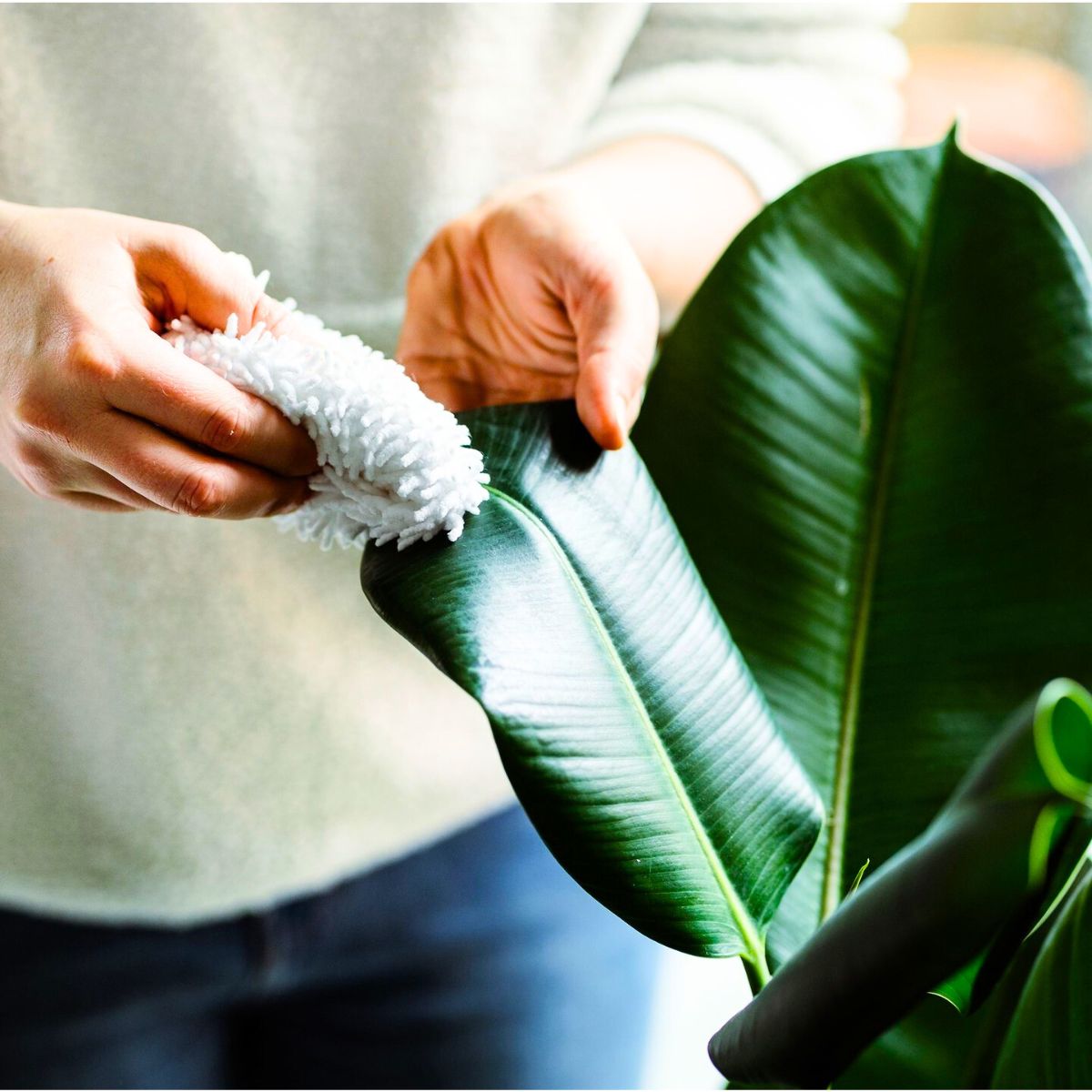
Photo: @westland.horticulture
That dust layer acts as a filter, reducing the amount of light available for your plants. Wrap the pot in a plastic bag to help reduce the amount of soil that splashes out and you're done! PS: if you like having houseplants in your bathroom, make sure to read about 'Ten Bathroom Plants That Absorb Moisture'
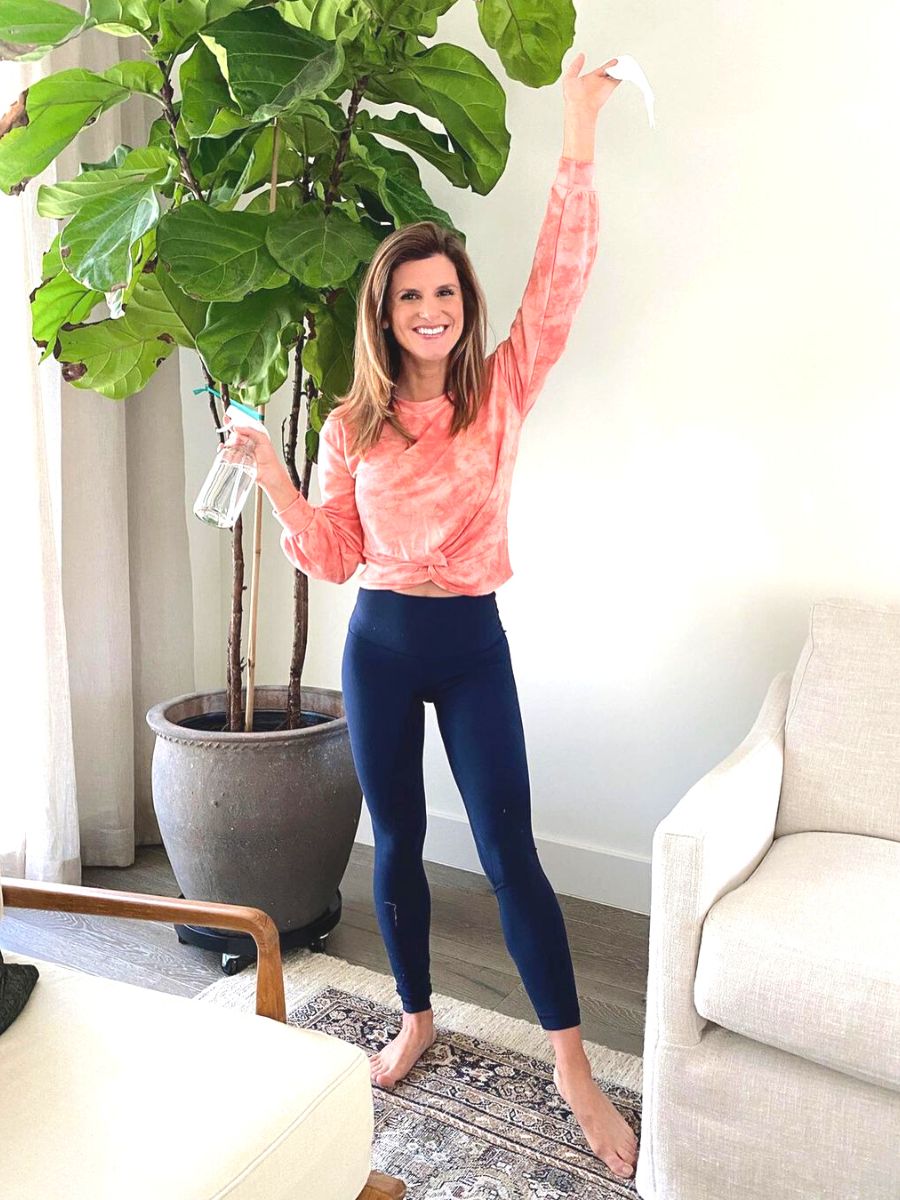
2. Improve Your Houseplants' Drainage
Because potted plants have less soil surrounding them than in-ground plants, proper drainage is essential. Both the pot and the potting soil should allow water to drain away from the plant's roots. Many houseplant owners fill the bottom of their pots with rocks, bark, or other filler to improve drainage, but this can backfire. These materials reduce drainage by creating a saturation zone where the soil just above the filler layer stays saturated. Not using fillers means less room for roots to grow and more moisture trapped in the soil's bottom layer. The additional moisture can cause root damage and fungal diseases.
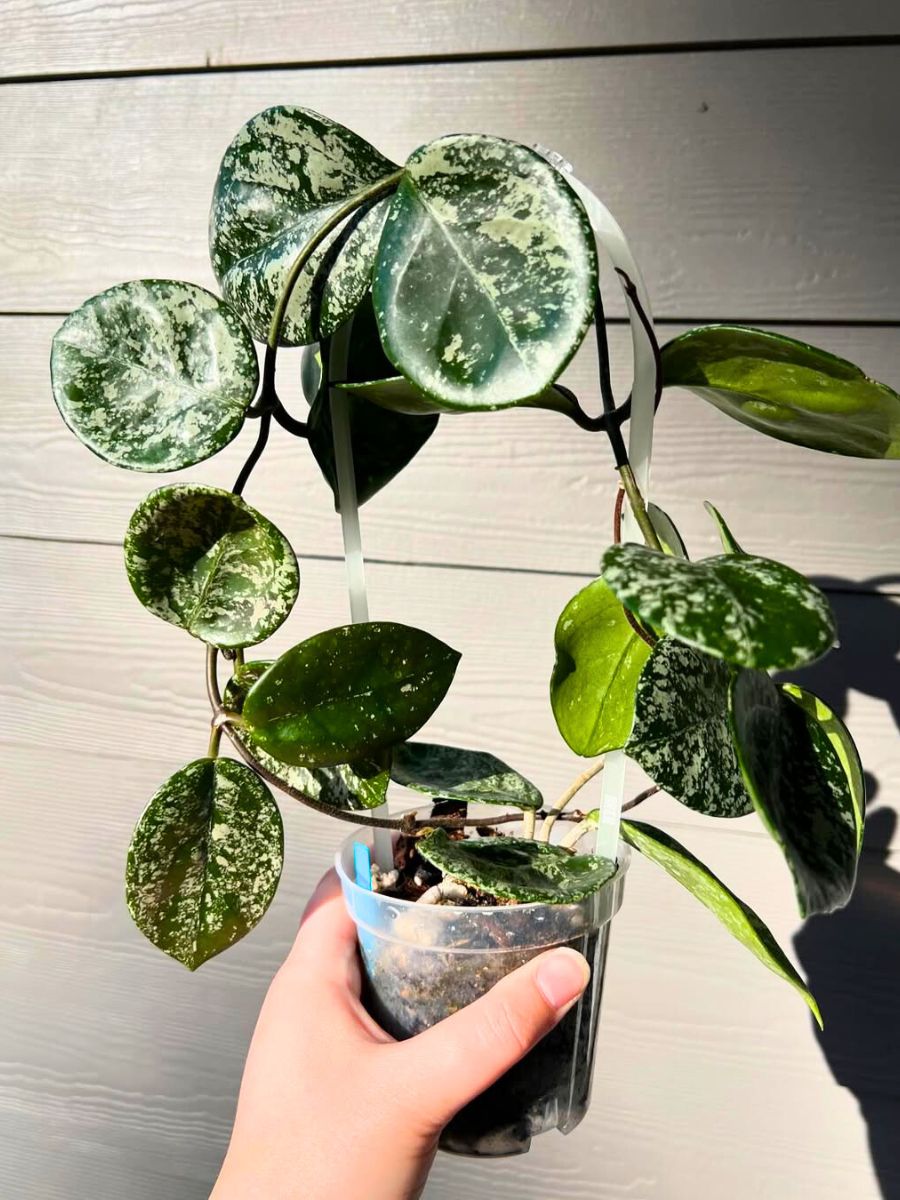
3. Monitor the Roots for a Healthier and Happier Houseplant
Plant professionals recommend inspecting your plants' roots once a year and repotting them before they become rootbound. If you slip the plant out of its pot and see 75 percent or more roots, your plant will thank you for giving it more space. While most common houseplants are pretty tolerant of being rootbound, repotting before they get to that point promotes optimal growth and a happier plant.
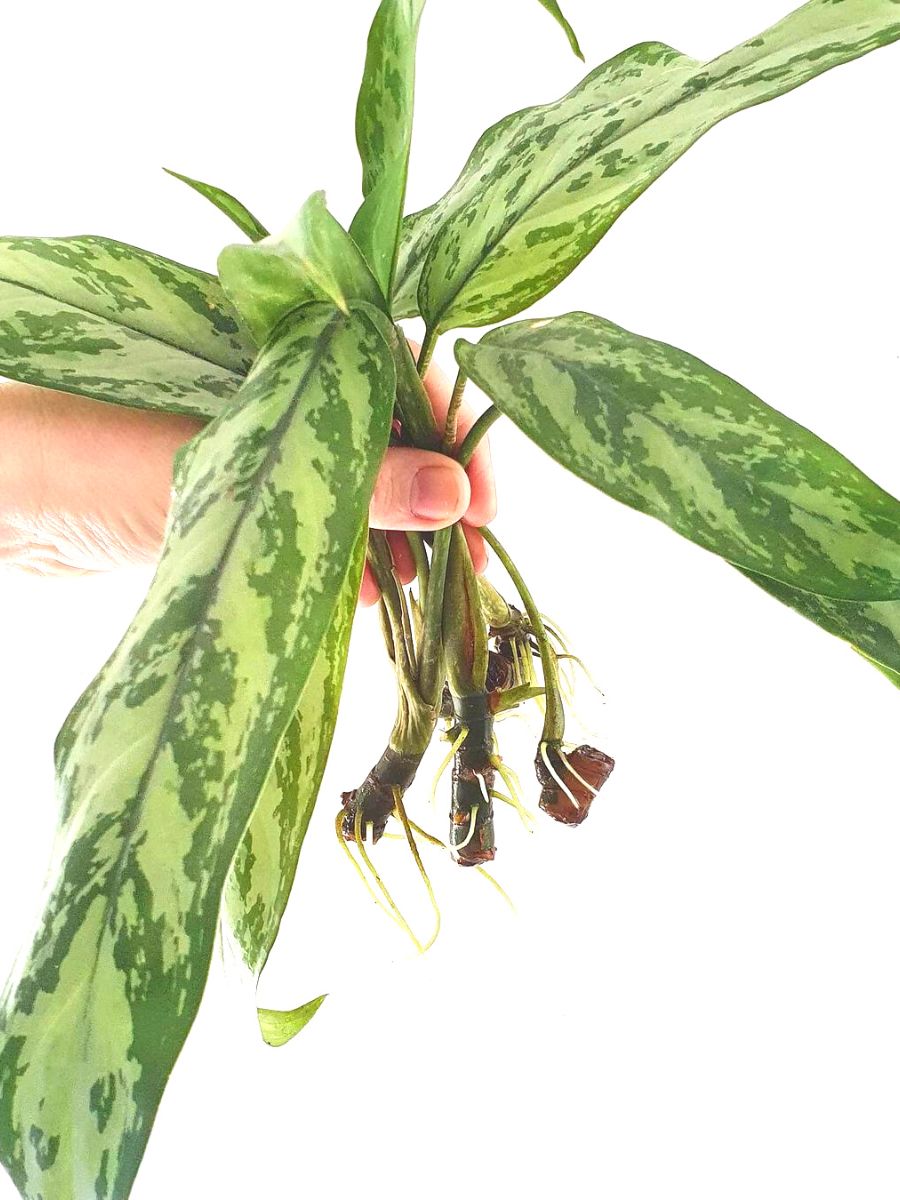
4. Combine New Soil With Old One for Your Houseplants
When repotting your houseplants, it’s best to mix fresh potting soil with the existing soil rather than replace it entirely. This practice helps maintain a familiar environment for the plant while introducing fresh nutrients. A sudden switch to completely new soil can shock the plant, disrupting its ability to absorb water and nutrients efficiently.
To do this, gently remove the plant from its pot and shake off any loose, depleted soil while keeping some of the existing mix around the roots. Loosen compacted roots to encourage healthy growth and aeration. Then, blend the fresh potting mix with the old soil, ensuring it remains well-draining and not overly compact.
This method allows for a gradual transition, reduces transplant shock, and maintains beneficial microorganisms in the soil. It’s especially useful for plants that are sensitive to changes in their growing medium, helping them adjust smoothly to their refreshed home.
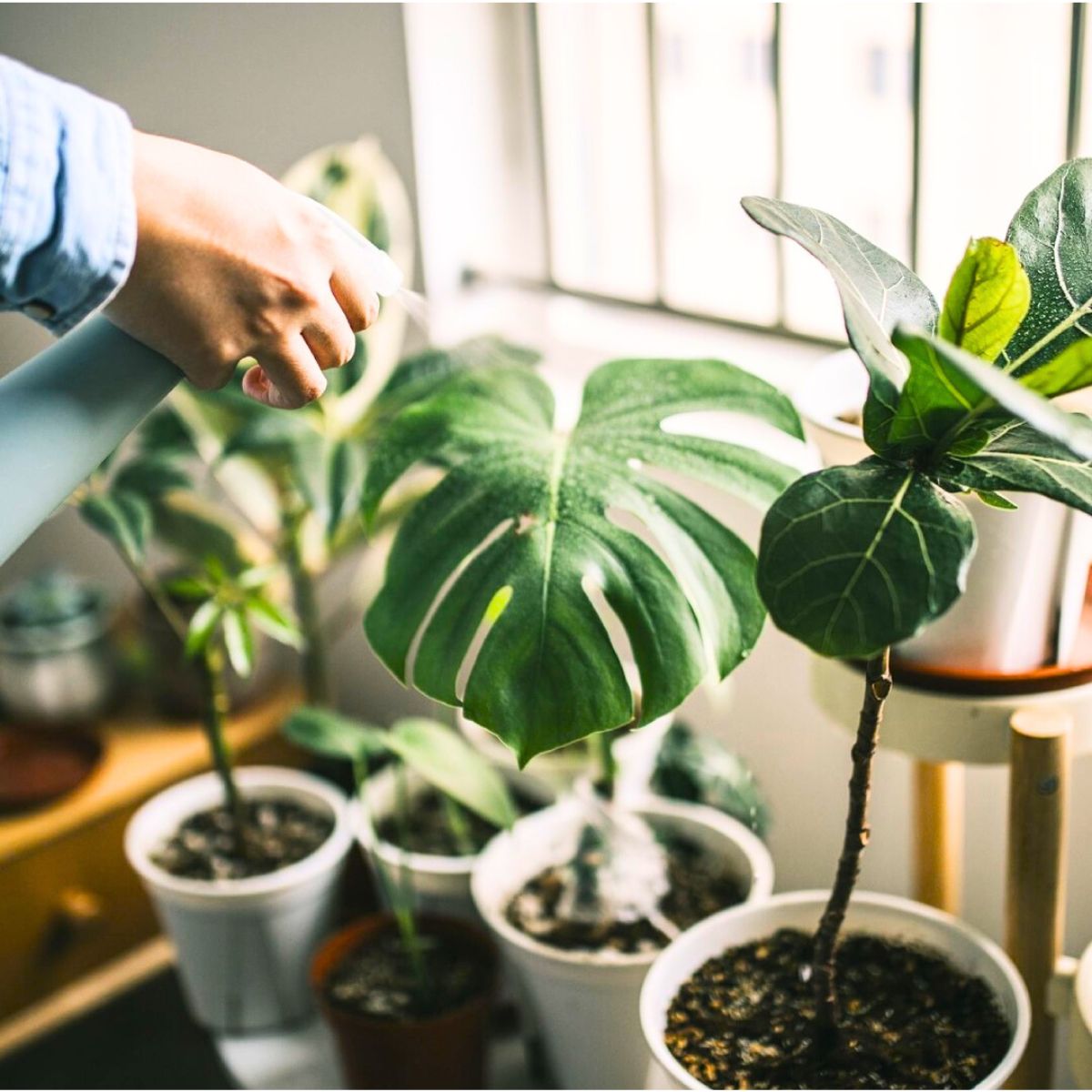
5. Water Dry Soil With Care
When watering a plant with dry potting mix, add water a little at a time rather than flooding it. Many common mixes repel water if they get too dry, so if you follow the often-dispensed guidance of adding moisture until water runs out the drainage holes, dry potting mix may not absorb much if you pour out a lot of water at one time. The slower you apply water, the better a chance it has to absorb. Go straight to the roots of dehydrated plants. If your soil is so dry that water runs off immediately, it can be really helpful to let the rootball soak in water for 20 minutes or so, allowing it to fully moisten.
6. To Have Thriving Houseplants Try Watering Them From the Bottom
According to plant professionals, watering your plants from above exposes them to the risk of rotting. Orchids are a prime example of a plant susceptible to crown rot from trapped moisture. To water plants from the bottom, place the pot in a full sink, tub, or tray for about 15 minutes. This allows the soil to draw moisture up through the drainage holes in the pot. Bottom watering leads to better hydration of dry or hydrophobic soil, deeper root growth, and less risk of fungal diseases.
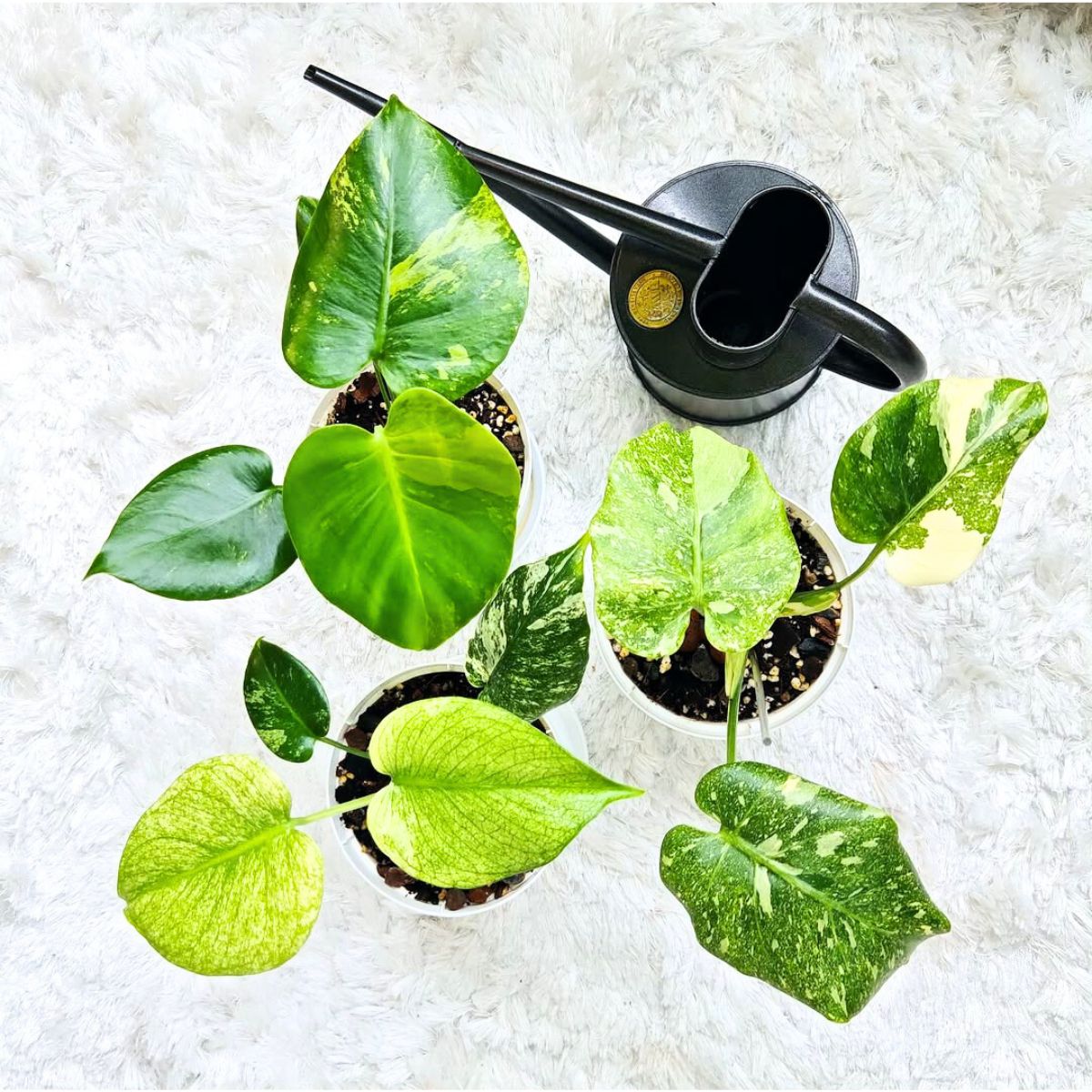
Photo: @my_greener_home
7. Understand Your Plant's Light Exposure
Knowing what light conditions your houseplant requires—as well as the conditions provided by your home—is critical to raising happy, healthy plants. Determine whether your windows provide direct or indirect lighting, and then pair plants with their appropriate location. You can tell if the sunlight is direct if the path of light from outside lands directly on your plant. Indirect light is light that has been obstructed or filtered, such as through a curtain. Finding the sweet spot with light conditions is often a trial and error-process. Take in mind that if the foliage begins to bleach out or develops brown crispy edges, the plant is probably getting too much light. If the plant fails to produce new growth or the leaves lose their vibrancy, try increasing the plant's light duration or intensity.
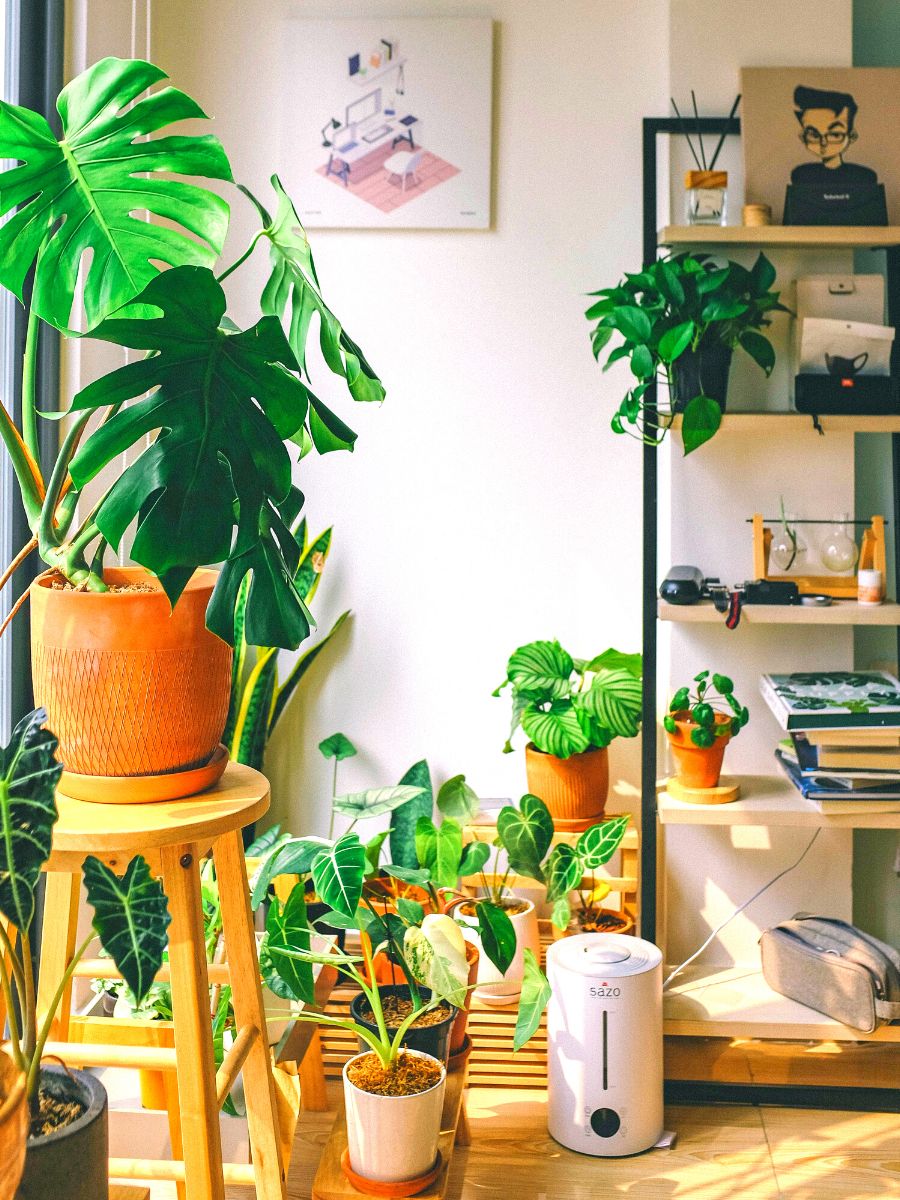
8. Prevent Pests
Fungus gnats are a frequent nuisance for indoor plants, and their presence is often a sign of overwatering. These tiny flying insects thrive in damp, organic-rich soil, where they lay eggs that hatch into larvae feeding on decaying plant matter and roots. If left unchecked, a fungus gnat infestation can weaken plant health by damaging delicate roots and promoting fungal growth.
Plant professionals recommend addressing the issue by first reducing watering frequency. Allowing the top few inches of soil to dry out disrupts the gnat life cycle, making it less hospitable for eggs and larvae. To further control the problem, you can place yellow sticky traps near the plant to catch adult gnats and prevent them from reproducing.
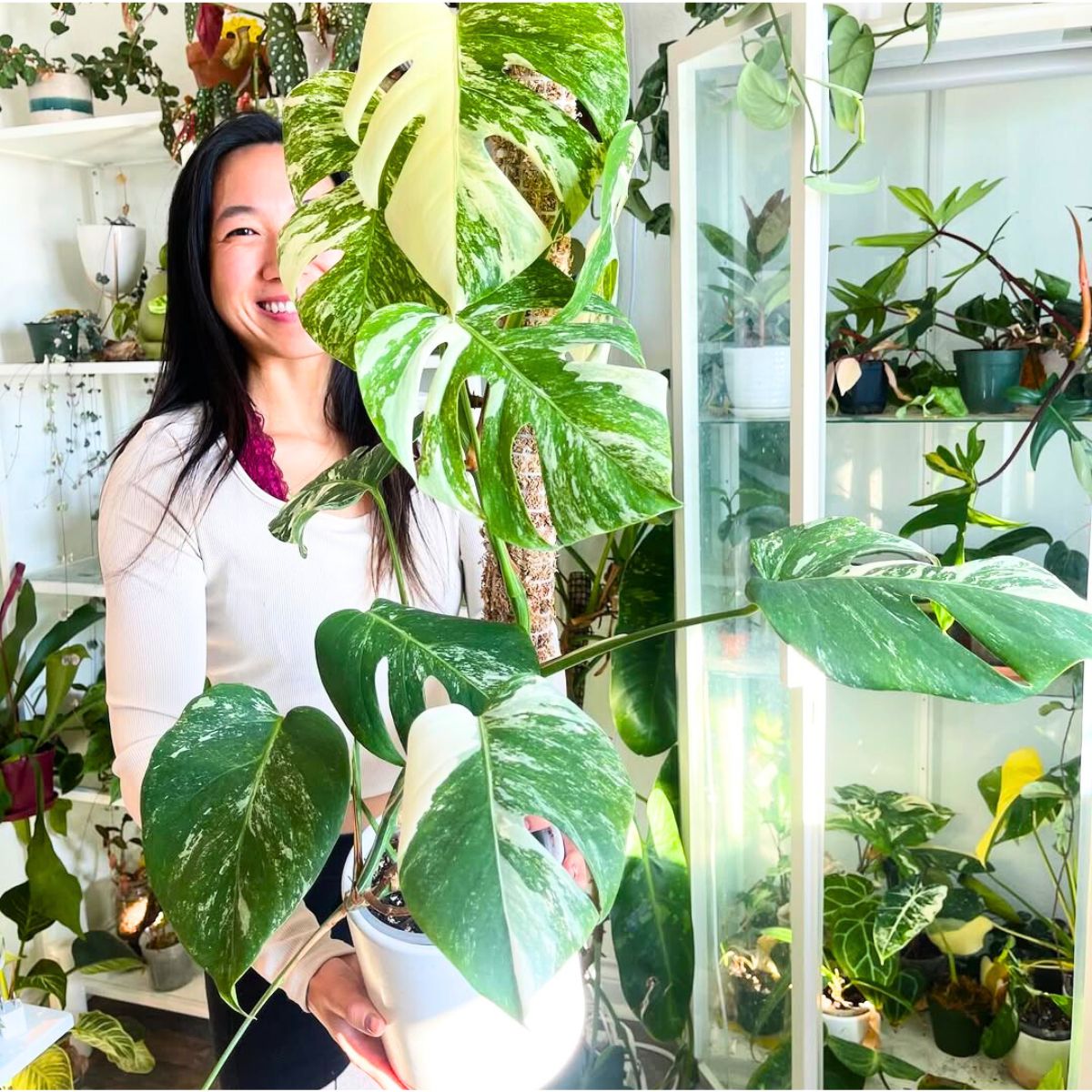
Photo: @philodendrose
9. Use Time-Release Fertilizer
Over-fertilizing your plants can cause root burn, but time-release fertilizer granules are an easy way to feed your plants just enough—and at the right time. This category of fertilizer is ideal for your plants because it slowly releases nutrients into the soil over the course of weeks, instead of all at once as with a water-soluble fertilizer. It's like giving your plants snacks throughout the day rather than just getting one meal per day.
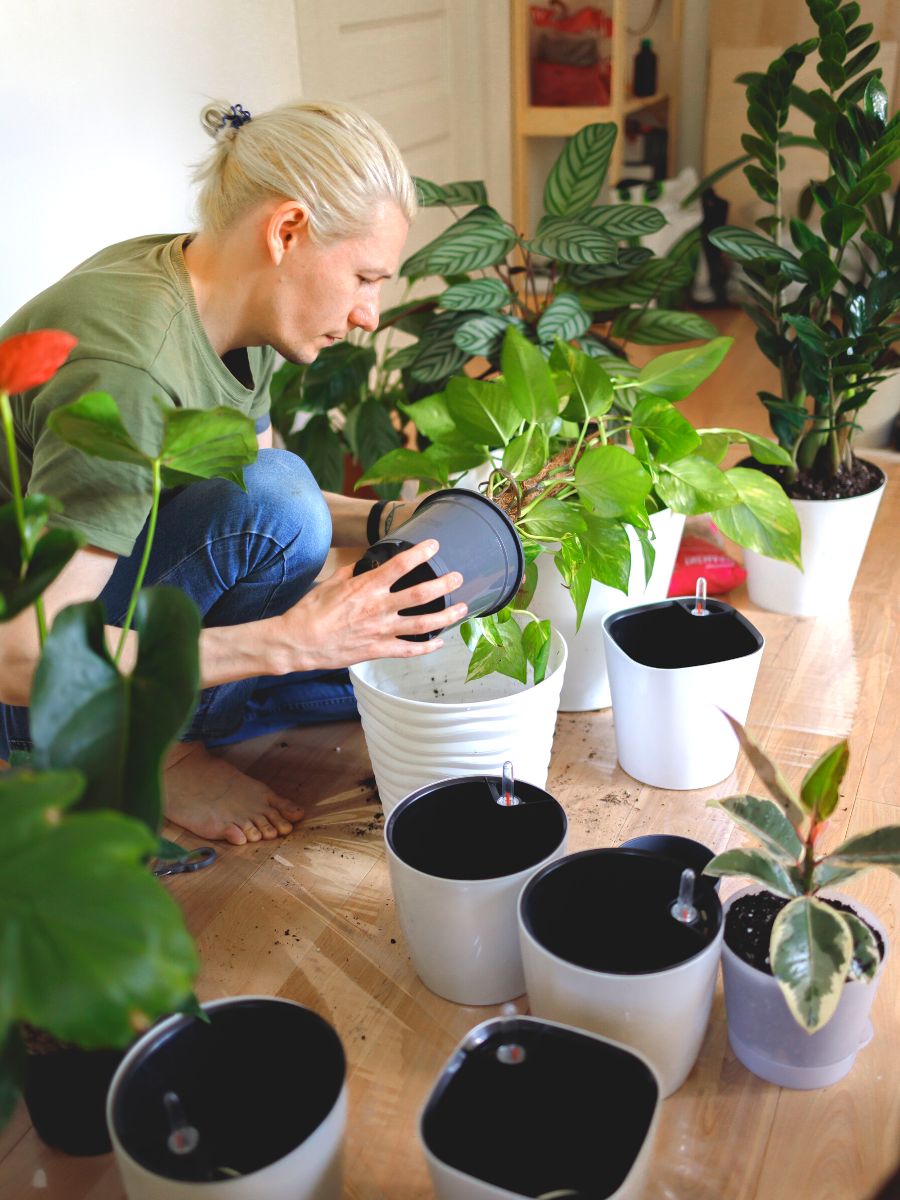
10. Calculate How Much Light Your Plants Get
A spot that appears bright and sunny when you place your plant there may not stay that way long enough for your plant to thrive. It's easy to pick a spot in your home, especially if it's not directly in front of a window, and decide it's in bright light. However, if it is only bright for a portion of the day, it may not provide enough illumination for plants with high light requirements.
Light meter apps can help you test your indoor light levels to provide the best care handles for your houseplants. If a plant casts a strong shadow throughout the day, it is most likely exposed to direct sunlight. If a plant casts little to no shadow, then it’s more likely a low-light spot.

Photo: @thorin_scout_leaves
Healthy, happy plants are those that receive regular care and attention from their owners on a weekly basis. It feels good to watch their growth and see how gorgeous they look, but these 10 tips can help prevent pests or other problems from getting out of hand as well.
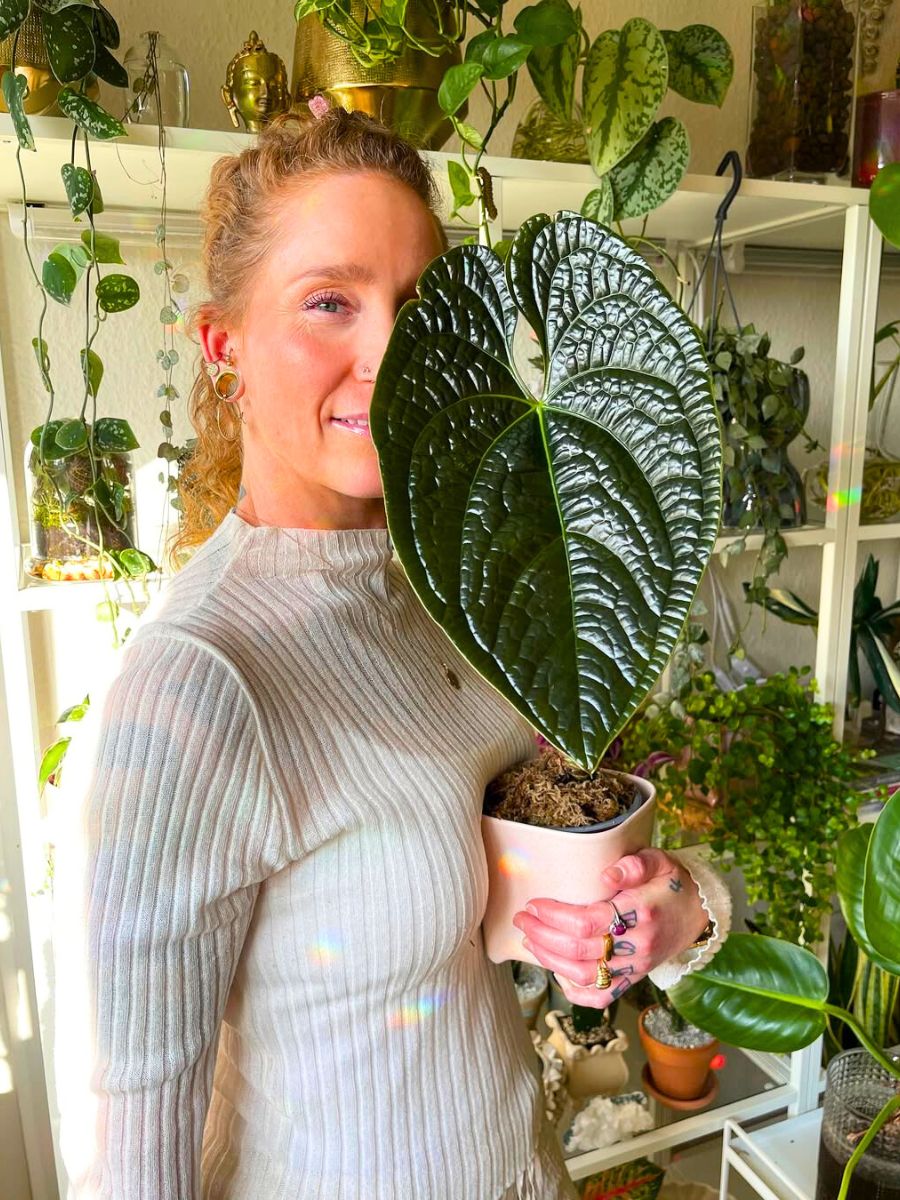
Examining your plants can also reveal environmental or other types of stress before it becomes a major issue for the plant. Most importantly, plants give us life, so take care of theirs! Want to know what healthy houseplant options there are for you? Read the article 'Top 10 Healthy Houseplants'.

